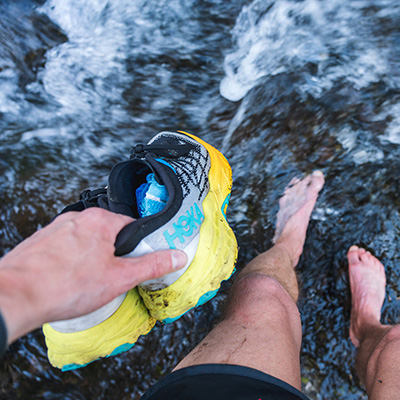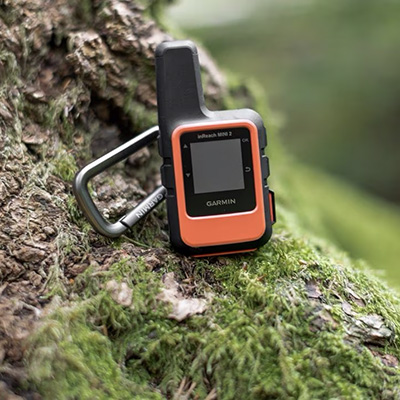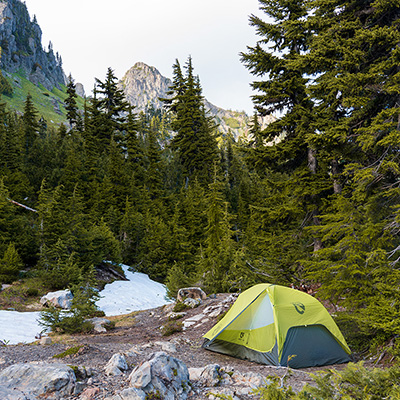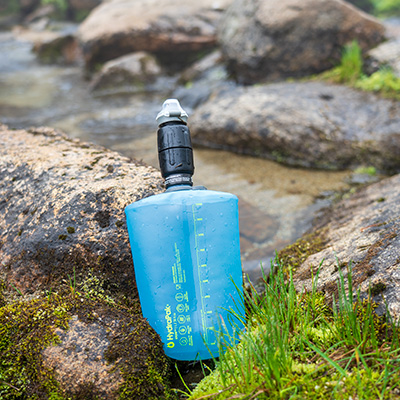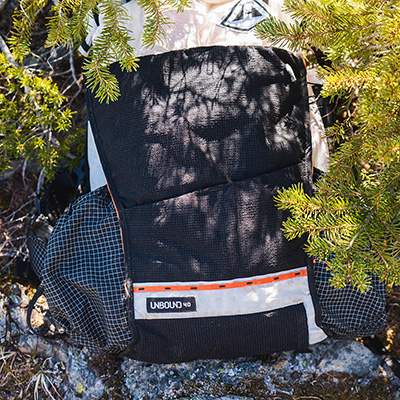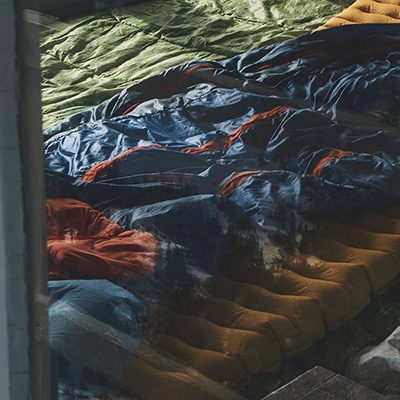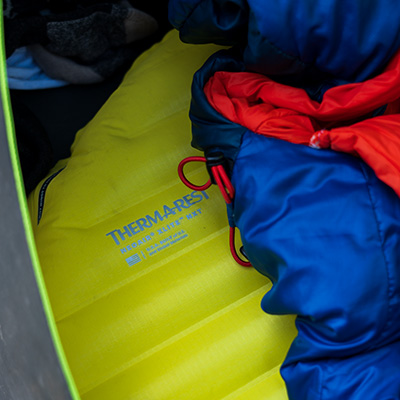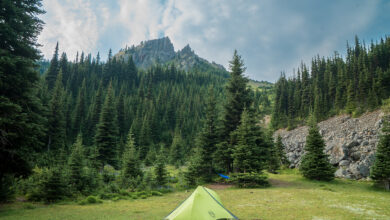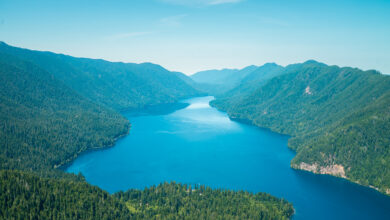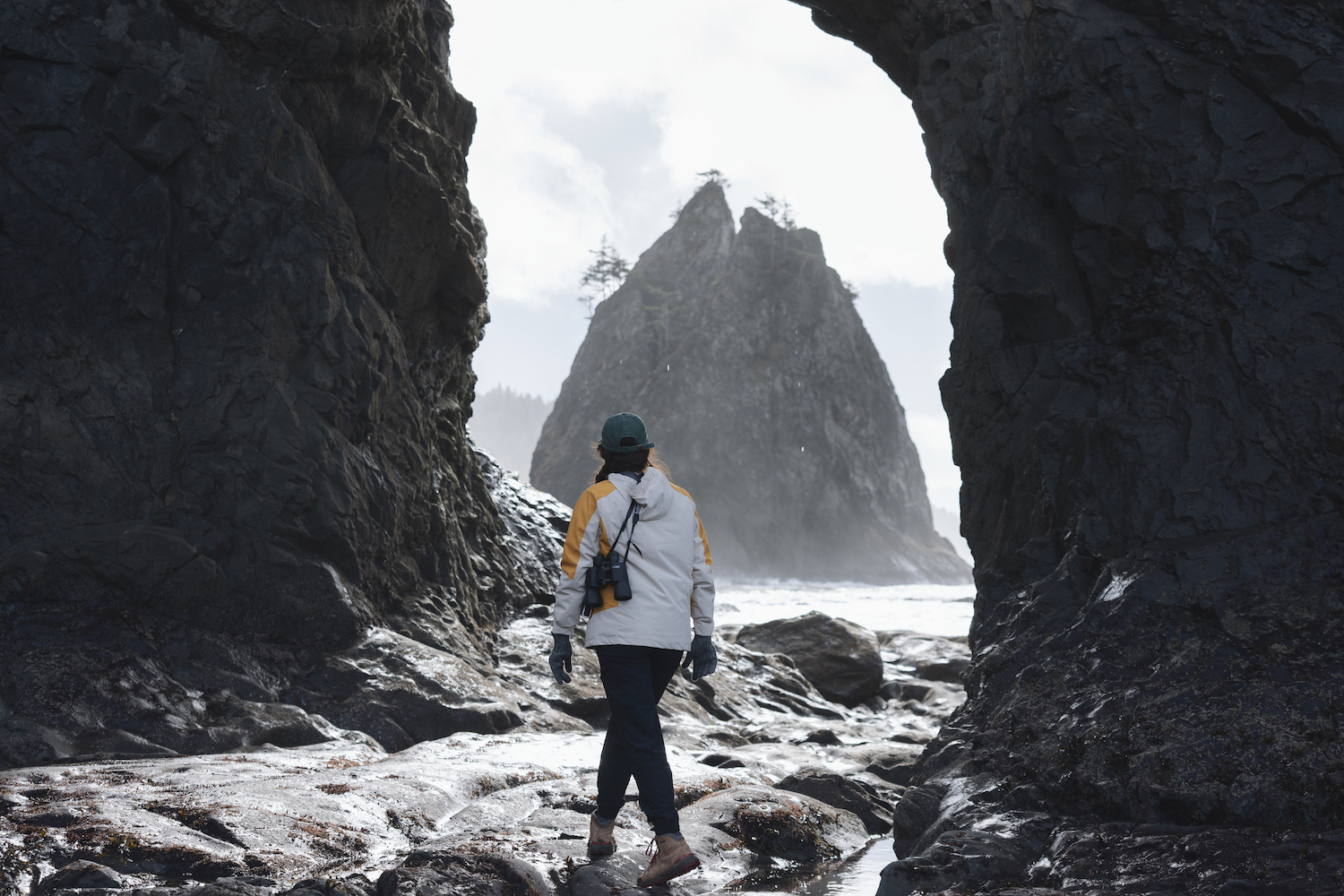
- Total Distance: 3.3 Miles
- Required Passes: National Park Pass
- Difficulty Level: Easy
The rugged coastline of Washington State is an absolute must see. If you’re planning a road trip or weekend getaway along the coast of Olympic National Park, Rialto Beach needs to be on your itinerary. Rialto Beach is known for its rugged coastline, tide pools, and distinctive sea stacks. The highlight of Rialto Beach is definitely Hole-in-the-Wall, a natural sea arch that you can walk through at low tide. This guide should better help plan your trip to Rialto Beach and ensure you’re able to navigate the tides correctly through Hole-in-the-Wall. You can view the map of this hike here.
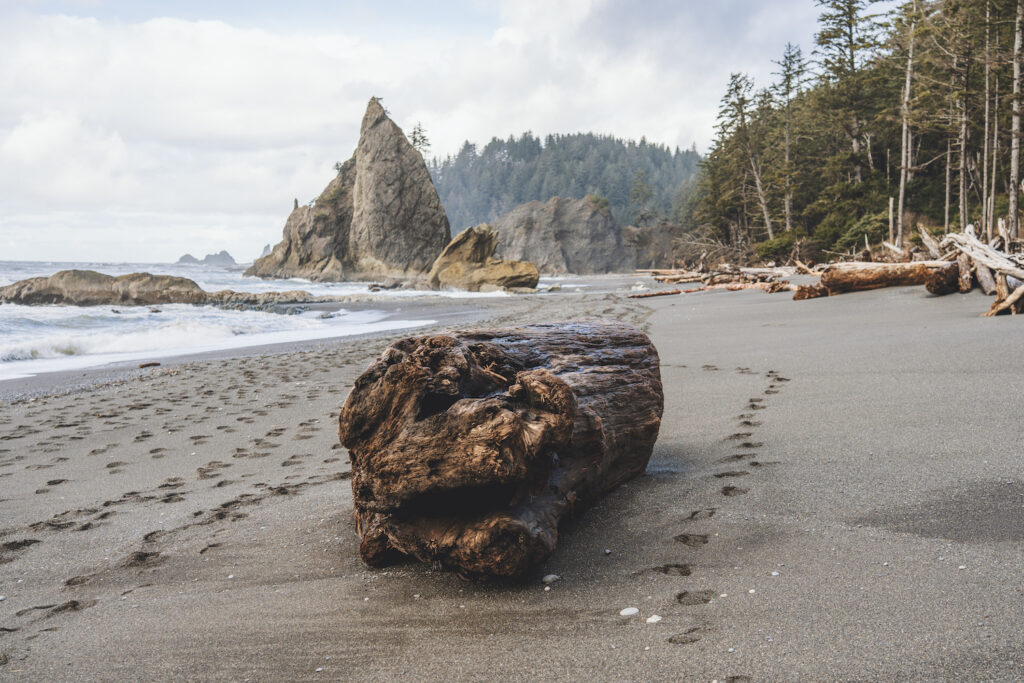

Getting to Rialto Beach
Rialto Beach, located about 20 minutes outside the town of Forks, WA, is near a locale renowned for its close proximity to Olympic National Park and notably as the setting for the popular “Twilight” book series.
Best Time to Visit Rialto Beach
Rialto Beach is accessible throughout the year, offering a great alternative to much of Washington’s backcountry, which can be challenging to navigate during the winter months. For those seeking stable weather conditions, the best time to visit is from April through October. If you prefer to avoid crowds, visiting during the off-season presents an excellent opportunity. I personally choose to visit Rialto beach in early March.

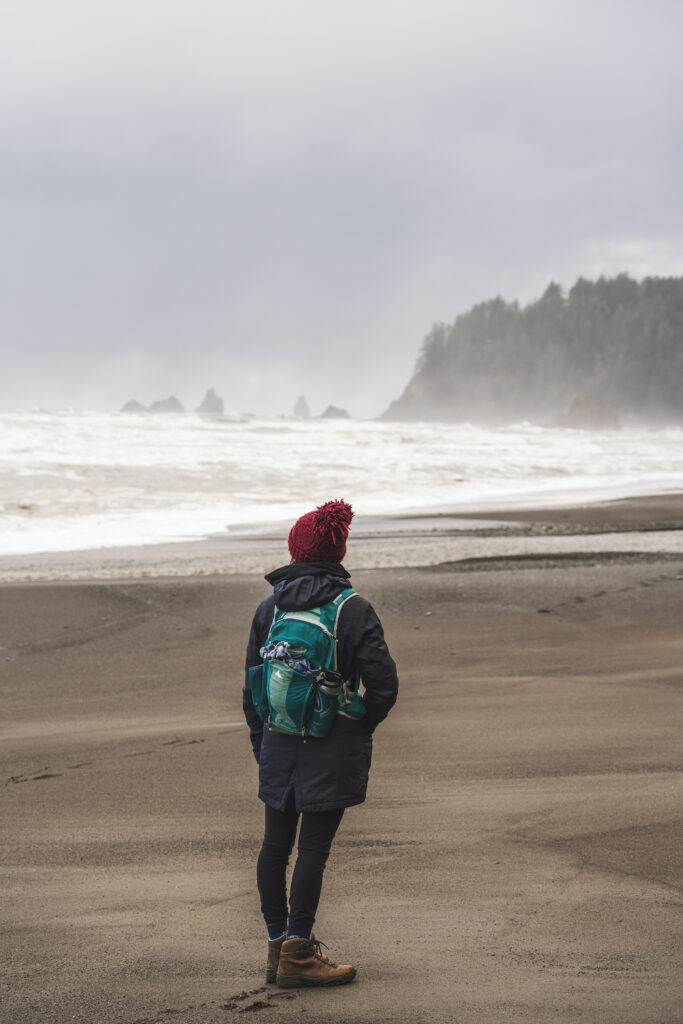
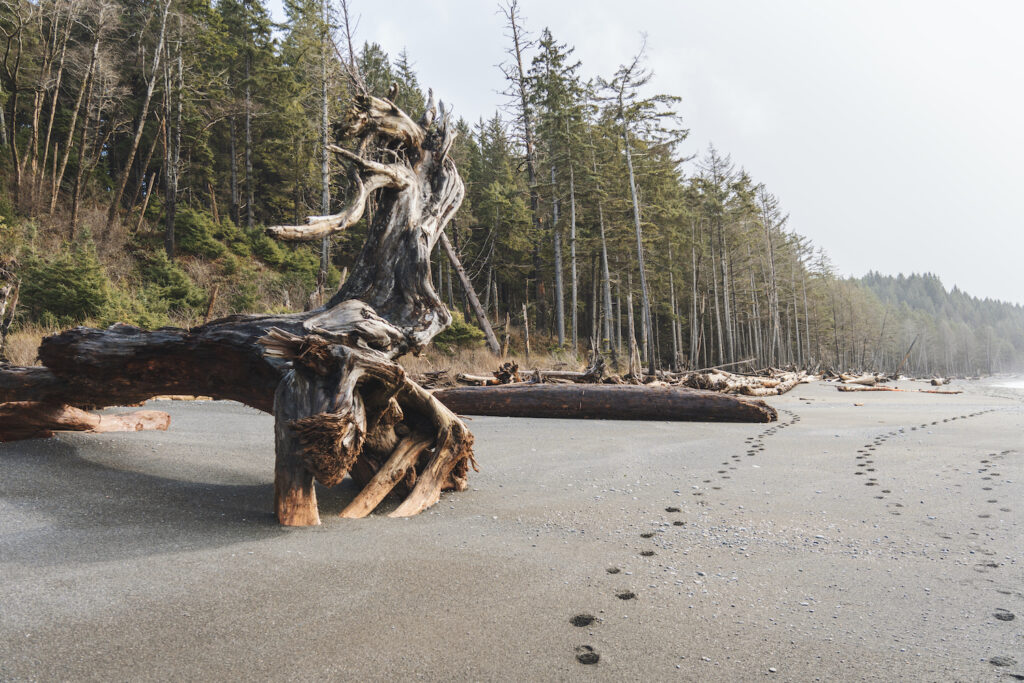
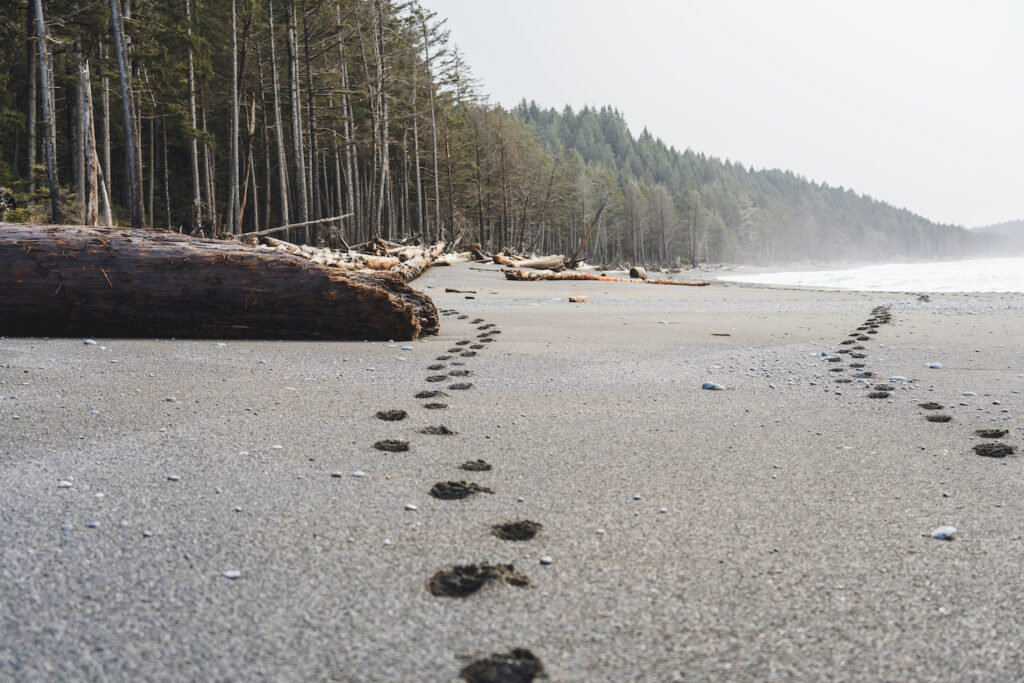
Navigating the Coastal Tides
If you’re planning to hike to Hole-in-the-Wall at Rialto Beach, it’s essential to time your trek with the low tides, as the arch is only accessible when the tide is out. The Olympic Coast experiences two high tides and two low tides daily. Ensure you check the latest tide information before you set out to synchronize your hike with the low tides for safe passage.

The accompanying tide chart provides the predicted times and heights of high and low tides in the vicinity of Rialto Beach. Look for times when the tide is low, indicated by negative or minimal height values; these are ideal for hiking. For instance, arriving at Hole-in-the-Wall at 5:55 PM would coincide with low tide and possibly offer a stunning sunset at Hole-in-the-Wall. Conversely, a late morning start could prevent access due to high tides, underscoring the importance of tide knowledge for your visit.
The Hike to Hole-in-the-Wall
The roundtrip hike to Hole-in-the-Wall at Rialto Beach spans 3.3 miles and follows the beach throughout. Along the way, you may need to maneuver over large driftwood at certain points. Ellen Creek presents the primary challenge, where balancing across large driftwood logs is necessary. During the summer, it’s often easiest to simply ford the stream barefoot. Hole-in-the-Wall is an unmistakable landmark and serves as the turnaround point for this short hike.
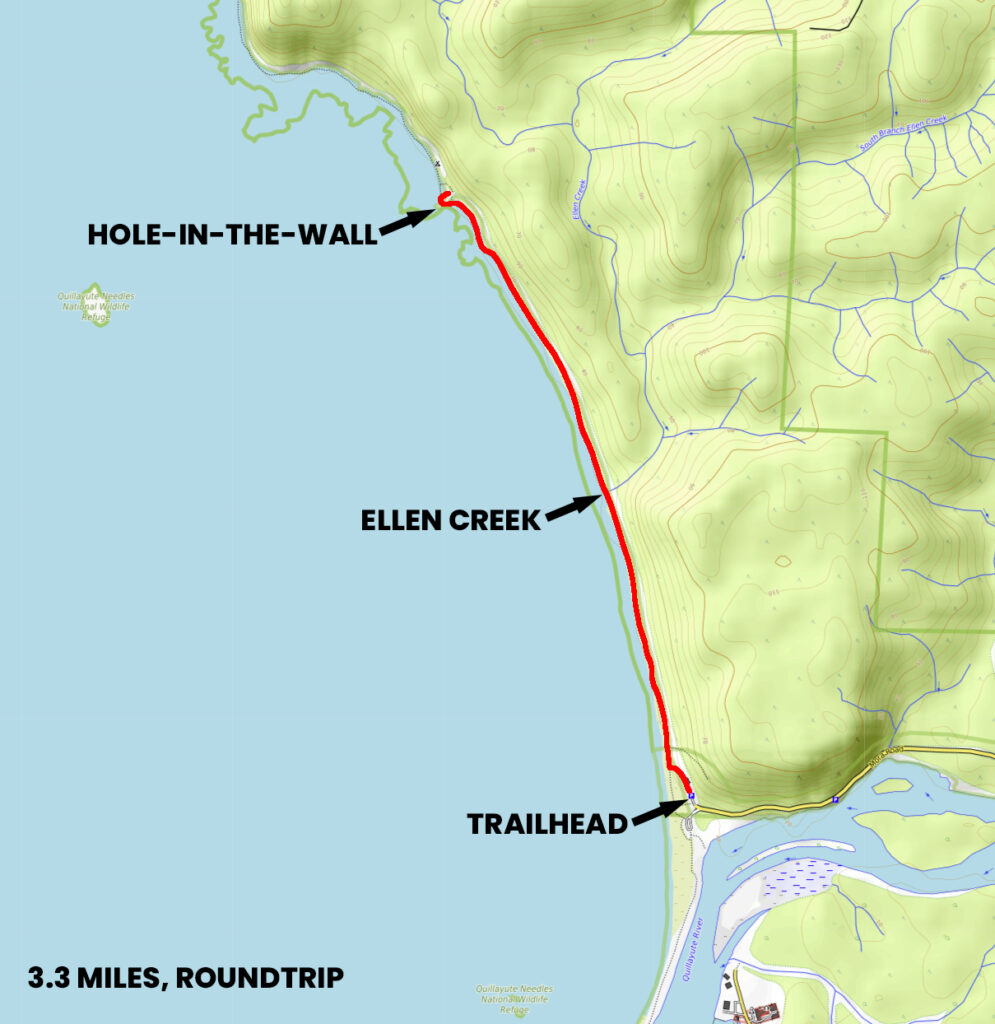
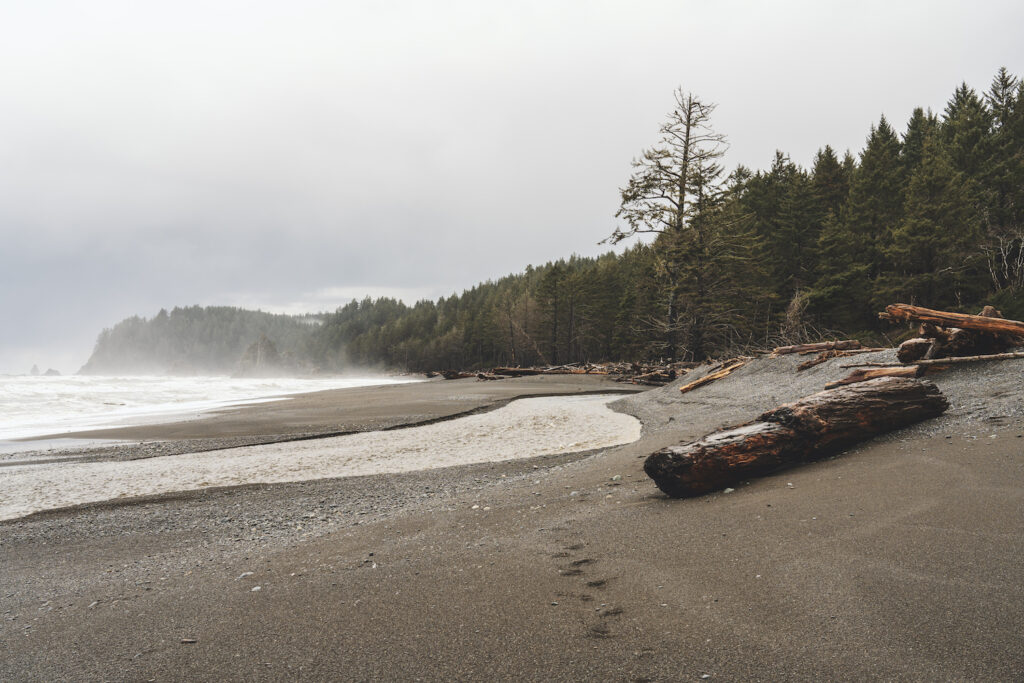
Exploring Rialto Beach
The hike to Hole-in-the-Wall is a short one, but you’ll definitely want to plan plenty of time before low tide hits. There are so many things to see on the way, so you’ll want to give yourself time to explore. As you walk, you’ll notice an abundant amount of driftwood lining the coast. These often enormous logs come from the dense forest areas along the Pacific coast or might be carried downriver into the ocean. There, they’re weathered and shaped by the water and tides before eventually washing ashore.
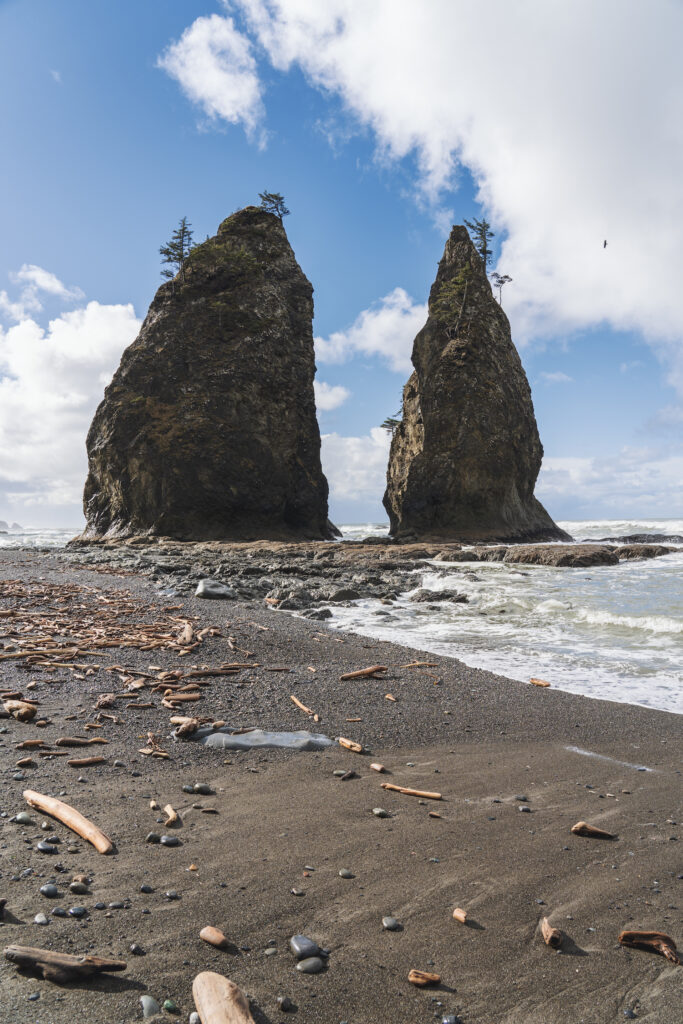

Rialto Beach’s sea stacks are some of the most impressive rock formations along the coast. These sea stacks are formed over time by the relentless pounding of the ocean waves, which erode the mainland cliff line, leaving behind the hardest rock in isolated columns. They provide habitats for seabirds and plants to thrive.
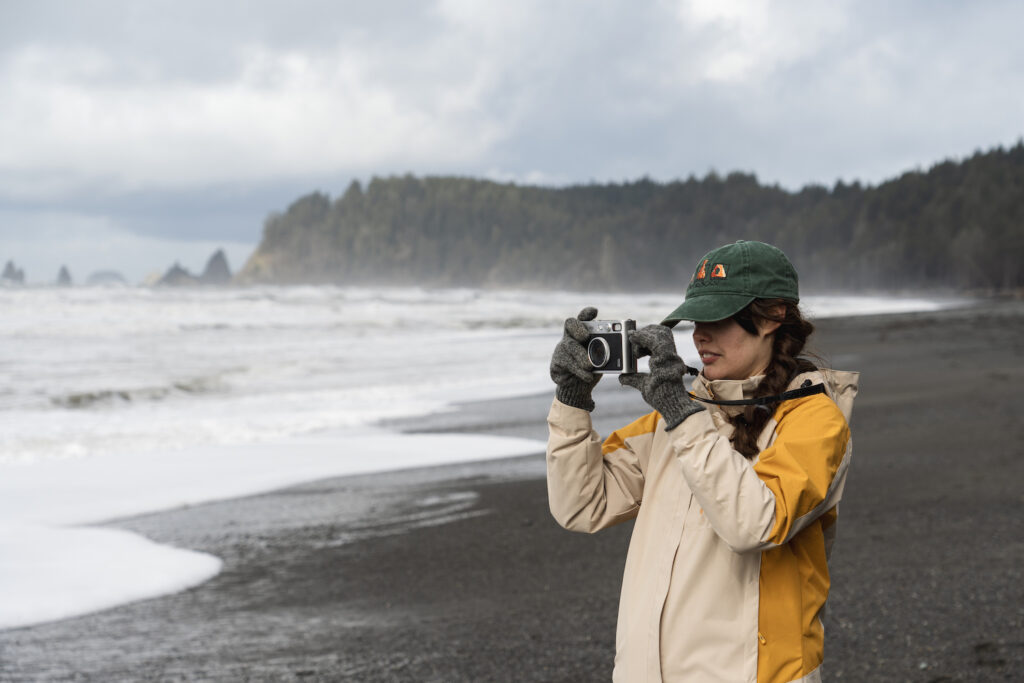
During low tide, multiple tide pools are exposed. These are shallow pools of seawater that remain in the depressions of the rocky shoreline when the tide goes out. You might find sea anemones, starfish, crabs, mussels, barnacles, sea urchins, various seaweeds and algae, small fish, snails, octopuses, and squid in tide pools.
Washington’s beaches are filled with an array of interesting stones, like polished, banded agates, colorful jasper, volcanic basalt, and various forms of quartz, as well as petrified wood from ancient forests. These stones all tell a story of the ocean’s transformative power.
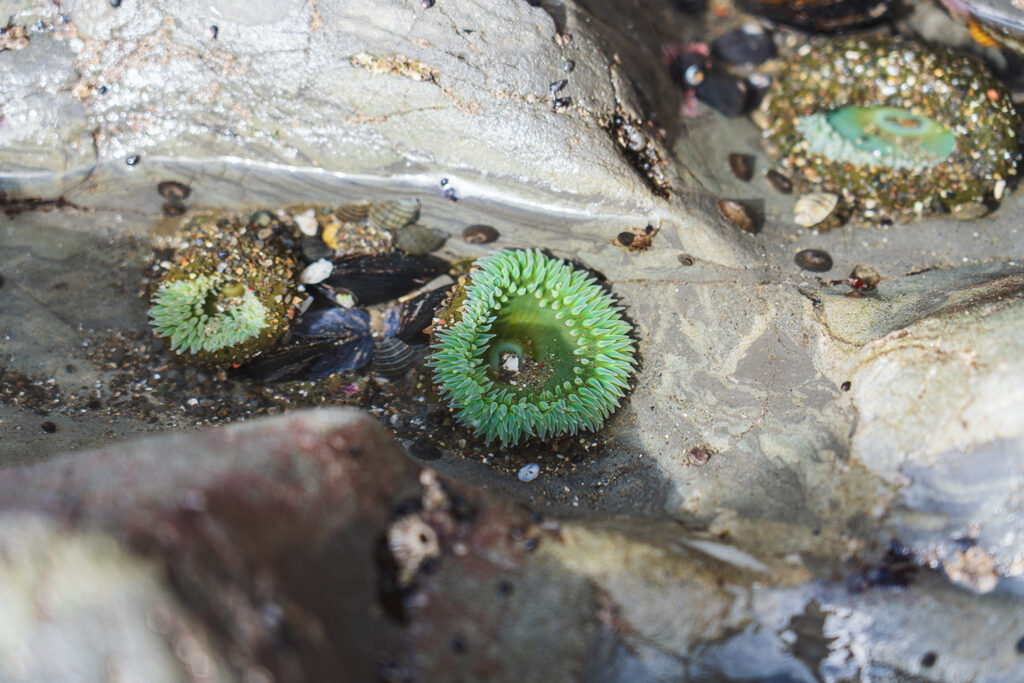

Best Photo Spots at Rialto Beach
I discovered numerous spots along this hike ideal for taking great photos. The area just before Hole-in-the-Wall offers a fantastic opportunity to capture the imposing sea stacks that rise from the ocean. Beyond these formations lies the renowned Hole-in-the-Wall. Capturing images from the opposite side of the hole, looking back towards the sea stacks, is particularly striking. Hole-in-the-Wall serves as a natural frame for the majestic sea stacks, creating a perfect backdrop. Including a subject in this photo would surely make it an Instagram-worthy shot.
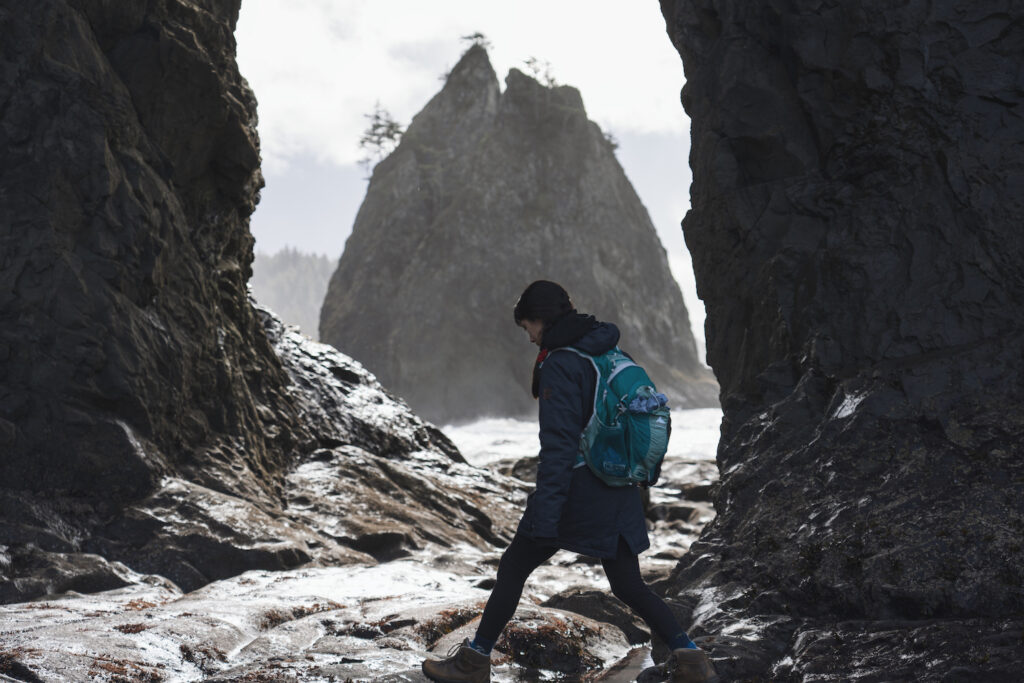
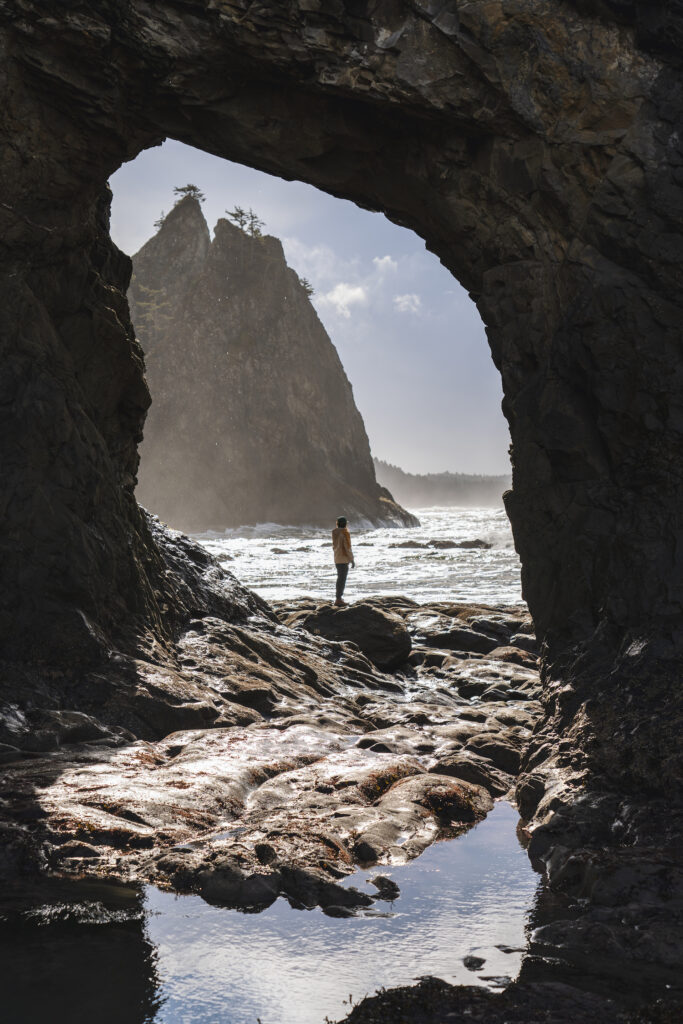

Another really awesome location to get photos is by climbing up the hillside that overlooks the beach. Before you arrive at Hole-in-the-Wall, if you look to your right you’ll see a trail with a rope that runs up the hill to an overlook. From this vantage point, you get a really unique perspective of the ocean and sea stacks from an elevated level.

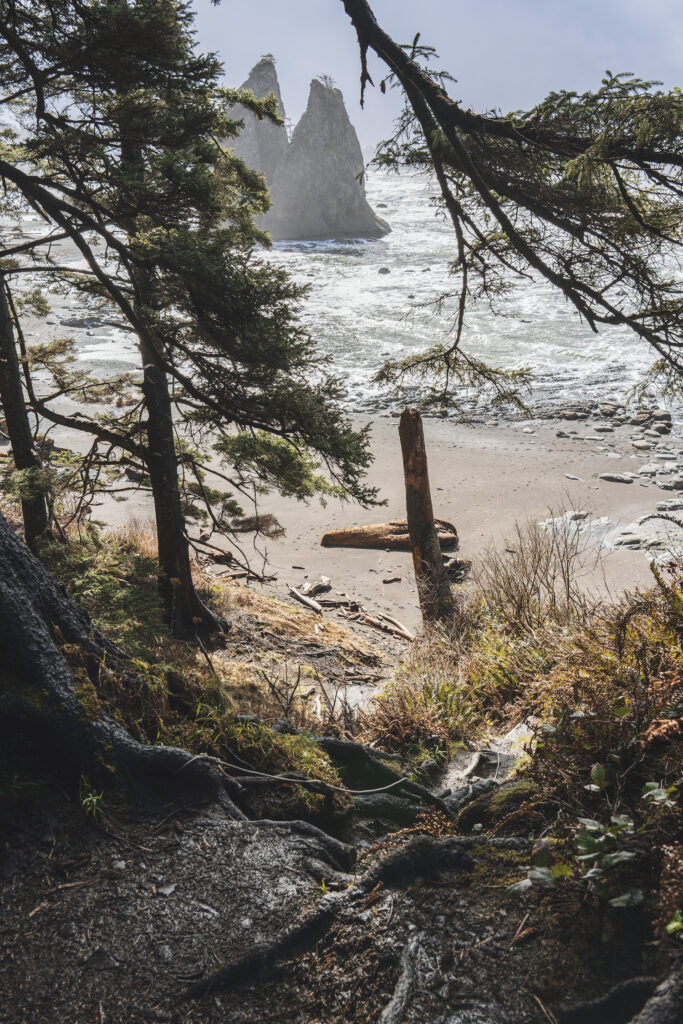
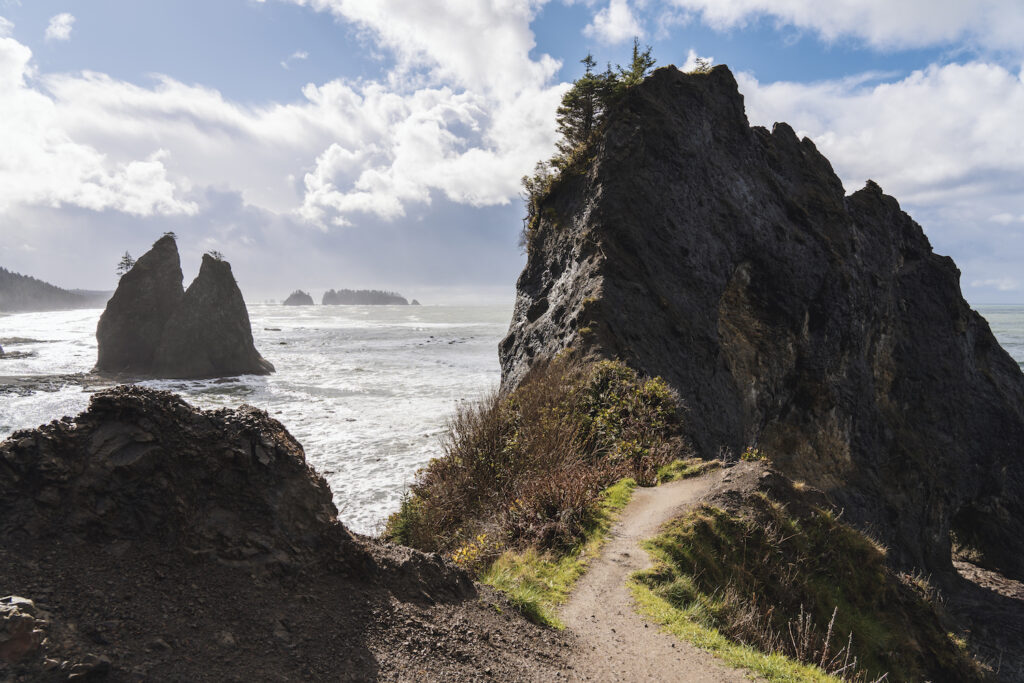

Campfires at Rialto Beach
Fires are allowed at Rialto beach. The National Park Service recommends you utilize existing fire rings or build fires on the beach to prevent damage to tree roots. Use driftwood ONLY.

Are Dogs Allowed at Rialto Beach?
Dogs are allowed at Rialto Beach but they must be leased. They are allowed only up to Ellen Creek. They are not allowed beyond Ellen Creek. They can’t be out past daylight hours and there is no camping allowed with dogs.
Safety Tips for Rialto Beach
- Check the Tide Schedule: Access to certain areas, including Hole-in-the-Wall, will be restricted during high tide. Check tide tables in advance and plan your hike during low tide to ensure safe passage.
- Wear Boots: Ideally you’ll want to have some sturdy boots to climb over driftwood and along the rocky shore. Those rocks can get really slippery!
- Dress for the Weather: You’ll likely experience some crazy weather if it isn’t peak summer. During early March I experienced wind, rain, hail, snow, and sun during my hike.
- Be Cautious of Logs and Surf: Large driftwood logs can shift unexpectedly with the surf, posing a risk of injury. Also, avoid turning your back on the ocean to prevent being caught off guard by rogue waves.
- Plan Your Return: If you are passing areas during low tide, make sure you have sufficient time to return before the tide rises. You do not want to get stuck within a zone that become unpassable during high tides.



